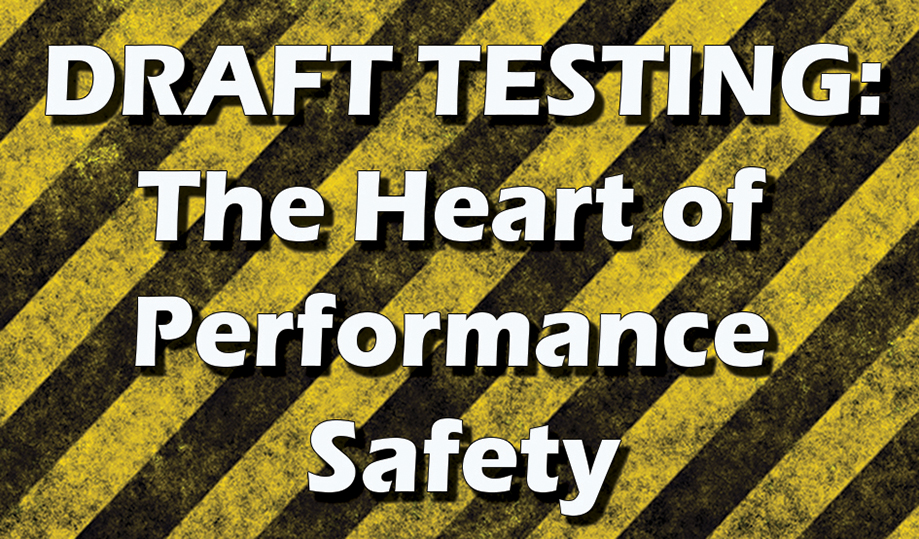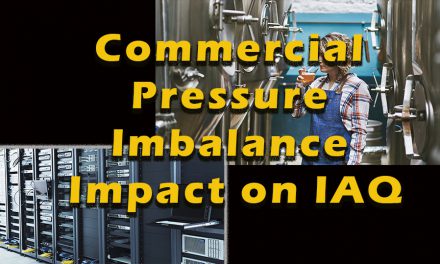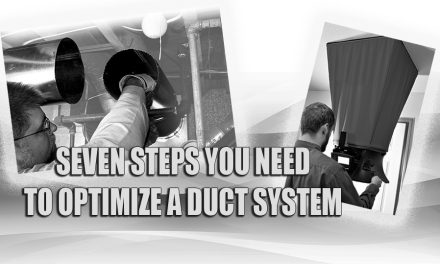Back in 1993, I set my company onto the High-Performance HVAC Contracting path. To me, testing, measuring, and diagnosing issues provided filled a gap I’d been experiencing in my company almost from the beginning when my father and I started it back in 1985.
One of the critical features of the performance approach, at least for me, is the combustion analysis portion and carbon monoxide (CO) safety.

We embrace that as heavily as we test and measure on the airflow side of the equation. These two things are invisible, yet they impact customer comfort, safety, and efficiency more than anything else.
The key is you cannot quantify that impact without instruments and testing. And you cannot correctly use those instruments and test accurately without training.
It’s a Cultural Thing
Training is simply part of our culture here at T.E. Spall and Son. As a result of our performance training, we now have the tools and knowledge to quantify the improvement in CO safety, comfort, and efficiency.
We joined National Comfort Institute (NCI) in 2003, and in that first year, we brought in NCI trainers to conduct in-house training and certify everyone in the company. We have been students of High-Performance HVAC ever since.
Here is what we train for on every call:

- Causes and effects of CO poisoning
- Proper diagnostic procedures
- Proper repair procedures
- How to prevent problems from occurring.
One part of our training that is vital to success is using a combustion analyzer, knowing where to place it, and interpreting what its readings mean.
Training the NCI Way
When taking combustion training with NCI, you learn what to look for when equipping your team for doing combustion testing. An important feature is a fast response to CO and oxygen level changes. In an article written by NCI CEO Dominick Guarino (ncilink.com/ABCs-7), he explains that you should check out the pump volume when you look at any analyzer specifications.
“The more volume it can pull,” he writes, “the faster the analyzer will respond to changes. At a minimum, it should pull at 400 cc/min. A better volume is 700 cc/min.”
Guarino also points out two other features to look for in a good analyzer:
- A high-range CO sensor. The higher the range, the more likely it will quickly bounce back from a very high reading in a flue. Look for a high minimum of 4,000 ppm. 8,000 ppm is better
- Calibrated replacement sensors. These make it possible to avoid sending the instrument back to the manufacturer to replace a sensor – a definite cost savings.
Click Below for the next page













Amen to that , we will not put in a natural draft water heater, or boiler without install of a barometric draft and spill switch. I have not lost many jobs because of this once I explain to the customer why.
We have found it shows up some problems they already had and just don’t know yet.
Our biggest problem is getting a good quality combustion analyzer, since TSI quit making them I have not found as good a one.
It seems like they are getting cheaper, but more expensive to recalibrate, we do not have the ability to do in-house.
Check out Crowcon Sprint Pro https://www.crowcon.com/products/flue-gas-analysers/sprint-pro/#description
It is a better price than other major brands, can usually be calibrated by the parts house you bought it from, and has several add-on features like a dual-port manometer that can read up to 400-in. WC, gas leak detector add-on, refrigerant leak detector add-on, CO detector, and NOx depending on what model you get.